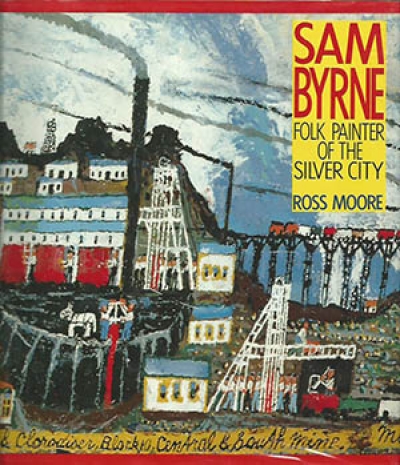Biography
The Missing Heir: The autobiography of Kylie Tennant by Kylie Tennant
by Hilary McPhee •
Raffaello! Raffaello!: A Biography of Raffaello Carboni by Desmond O'Grady
by Robert Pascoe •
Trumper: The illustrated biography by Ashley Mallett
by Eric Lord •
The Boy Adeodatus: The portrait of a lucky young bastard by Bernard Smith
by Warren Osmond •









